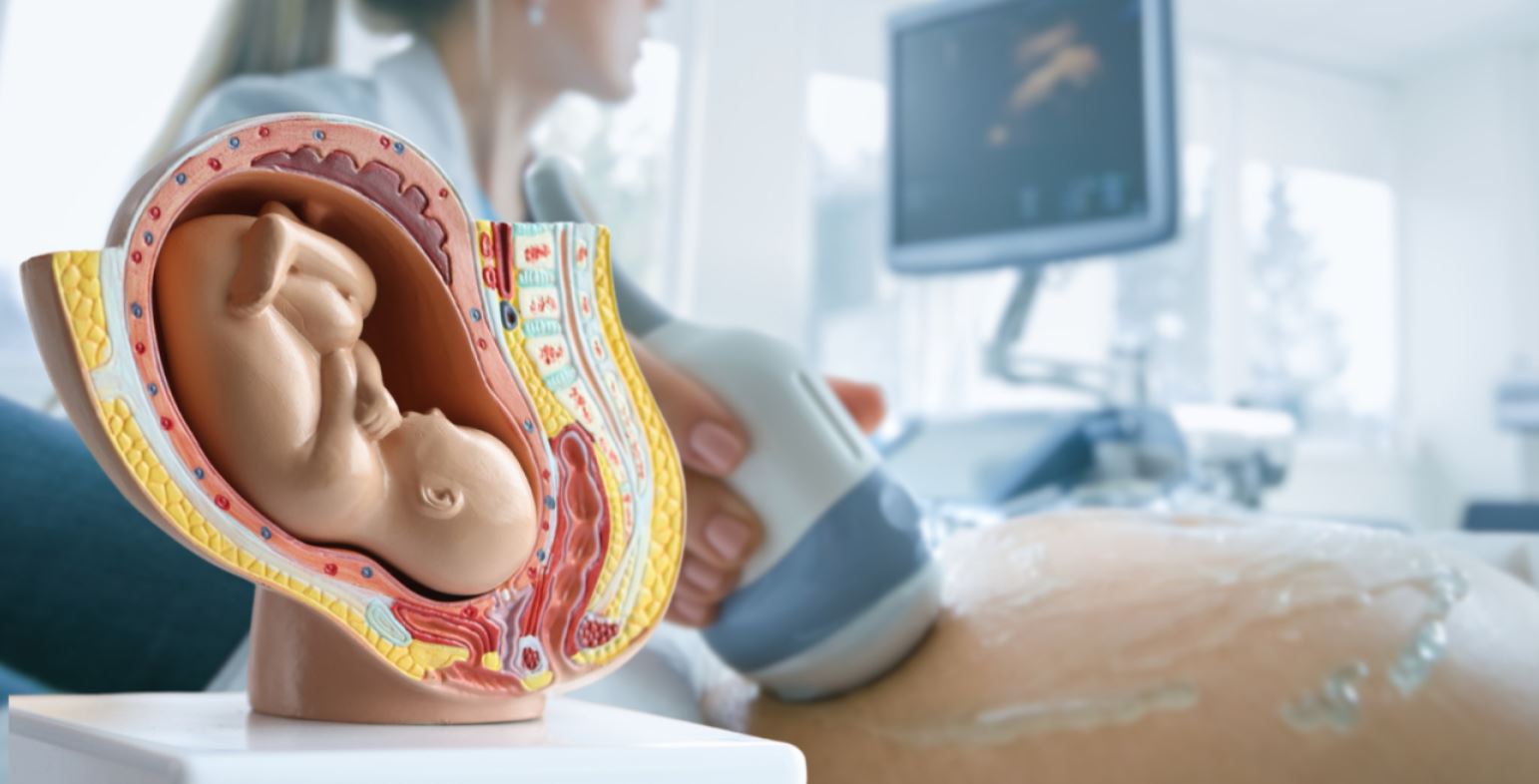
Multiple Pregnancies (Twins, Triplets)
Multiple pregnancies, such as twins or triplets, occur when a woman carries more than one fetus in her womb during pregnancy. At SHIFAA PAN African Hospitals, our Obstetrics and Gynecology department provides specialized care for women expecting multiple births, focusing on monitoring maternal and fetal health, managing potential complications, and ensuring a safe delivery for both mother and babies.
Symptoms:
Symptoms of multiple pregnancies may include:
- Excessive weight gain: Women carrying multiple fetuses may experience more significant weight gain compared to singleton pregnancies.
- Increased uterine size: The uterus may grow larger at a faster rate than expected, leading to increased abdominal size.
- Higher levels of hCG: Human chorionic gonadotropin (hCG) levels may be elevated in women expecting multiples, contributing to symptoms such as nausea and breast tenderness.
Diagnosis
Diagnosis of multiple pregnancies is typically confirmed through prenatal ultrasound imaging, which can visualize multiple gestational sacs or fetuses. Additionally, maternal serum alpha-fetoprotein (MSAFP) and other prenatal screening tests may indicate the presence of multiples.
Treatment:
Treatment of multiple pregnancies involves comprehensive prenatal care to monitor maternal and fetal well-being, manage potential complications, and prepare for delivery. Treatment options may include:
- Regular prenatal visits: Women expecting multiples require more frequent prenatal care to monitor maternal health, fetal growth, and development.
- Nutritional counseling: A balanced diet and adequate nutrition are essential for supporting the health and growth of multiple fetuses.
- Monitoring for complications: Women with multiple pregnancies are at increased risk of complications such as preterm labor, gestational diabetes, preeclampsia, and fetal growth restriction, requiring close monitoring by healthcare providers.
- Delivery planning: Depending on various factors such as gestational age, fetal positioning, and maternal health status, delivery may be scheduled earlier than expected to reduce the risk of complications.
Prevention:
Prevention of complications in multiple pregnancies involves early detection, regular prenatal care, adherence to medical recommendations, and lifestyle modifications to promote maternal and fetal health.
Are there different types of multiple pregnancies?
Yes, multiple pregnancies can involve twins (two fetuses), triplets (three fetuses), or higher-order multiples (four or more fetuses).
What are the risks associated with multiple pregnancies?
Multiple pregnancies are associated with an increased risk of complications such as preterm birth, low birth weight, preeclampsia, gestational diabetes, and cesarean delivery.
Is it possible to have a vaginal delivery with multiples?
Yes, many women carrying multiples can safely deliver vaginally, depending on factors such as fetal positioning, gestational age, and maternal health status.
Do multiples always share the same placenta?
Not necessarily. Twins may have separate placentas (dichorionic) or share a single placenta (monochorionic), depending on when the fertilized eggs split during early development.
Are there special considerations for breastfeeding with multiples?
Breastfeeding can be challenging but is possible with support and guidance from healthcare providers. Mothers of multiples may need to establish a feeding schedule and consider techniques such as tandem nursing.
What are the options for prenatal screening in multiple pregnancies?
Prenatal screening tests such as ultrasound, maternal serum screening, and noninvasive prenatal testing (NIPT) can help detect fetal abnormalities and assess the health of each fetus in a multiple pregnancy.
How can I best prepare for the arrival of multiples?
Preparation involves creating a support network, arranging childcare assistance, organizing supplies, and discussing delivery plans with healthcare providers to ensure a smooth transition after birth.
Gynaecology And Obstetrics Conditions
- Cervical Cancer
- Chlamydia
- Ectopic Pregnancy
- Endometriosis
- Fibroids (Uterine Leiomyomas)
- Gestational Diabetes
- Gestational Hypertension
- Gonorrhea
- Gynecologic Cancers (Cervical, Ovarian, Uterine)
- HPV (Human Papillomavirus)
- Hyperemesis Gravidarum
- Infertility Issues
- Menstrual Disorders
- Molar Pregnancy
- Multiple Pregnancies (Twins, Triplets)
- Ovarian Cancer
- Ovarian Cysts
- Pelvic Inflammatory Disease (PID)
- Polycystic Ovary Syndrome (PCOS)
- Postpartum Depression
- Pre-Eclampsia
- Sexually Transmitted Infections (STIs)
- Syphilis
- Uterine Cancer
- Uterine Fibroids
- Vaginal Infections




